1. Executive Summary
The Xena XF-1200 is a next-generation adaptive turbofan engine featuring twin-spool architecture and variable bypass technology, optimized for both civil and military applications. Designed with ultra-high efficiency materials, hybrid architecture, and variable-cycle capability, it enables seamless transitions between high-power combat operations, fuel-efficient cruise flight, and reduced thermal signature modes. The engine is specifically engineered to power future platforms with a focus on performance, sustainability, and tactical survivability.
2. Design Definition File (DDF)
Official Designation:
Xena XF-1200
Engine Type:
Twin-spool, low-bypass adaptive turbofan with hybrid electric booster
Stage Configuration:
- Fan: 1 stage (with reduction gearbox)
- LP Compressor: 3 stages
- HP Compressor: 8 stages
- Combustion: Annular, dual-flow, plasma ignition
- HP Turbine: 2 stages
- LP Turbine: 2 stages
- Booster Shaft: 1 (integrated electric motor)
Bypass Ratio (Adaptive):
0.7:1 (sprint mode) → 3.5:1 (cruise mode)
Thrust Rating:
Dry Thrust: 92 kN
Afterburning/Maximum: 160 kN
Dimensions and Weight:
Overall Length: 4.25 m
Maximum Diameter: 1.15 m
Dry Weight: 1,950 kg
3. Preliminary Bill of Materials (BOM)
| Module | Primary Material | Manufacturing Process |
|---|---|---|
| Fan | CMC (Ceramic Matrix Composite) | 3D Printing + CNC machining |
| LP Compressor | Ti-6Al-4V + CMC | Machining + AM cooling channels |
| HP Compressor | Inconel 718 + Ti blades | Forging + thermal coating |
| Combustion Chamber | Hastelloy-X alloy | Welding + laser internal polishing |
| Turbines | Ni-based single crystal alloys | Directional solidification casting |
| Concentric Shafts | Tempered steel + coating | Rolling + heat treatment |
| External Casing | Carbon fiber + RAM coating | Infusion + sectional assembly |
| Electric Booster | Copper windings + CMC housing | Metal printing + varnishing |
4. Cross-Section Diagram and Components
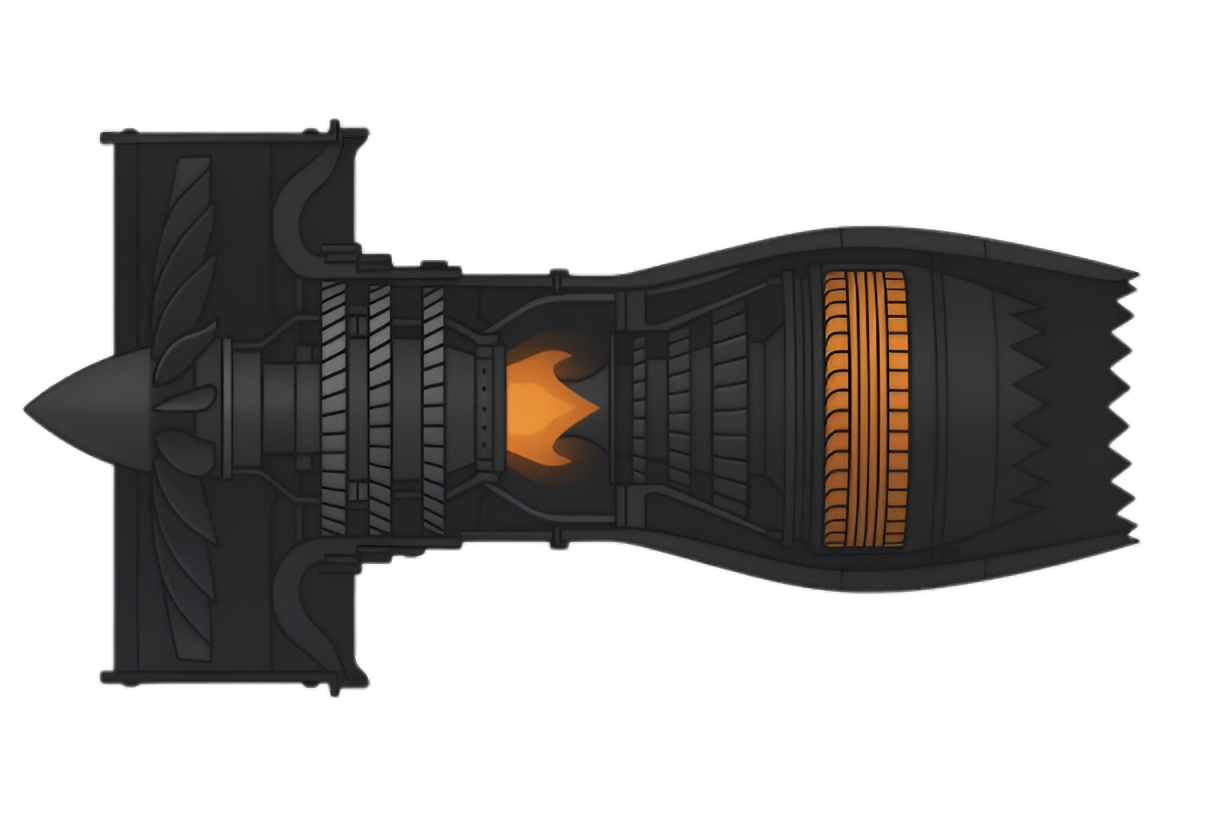
Primary Modules

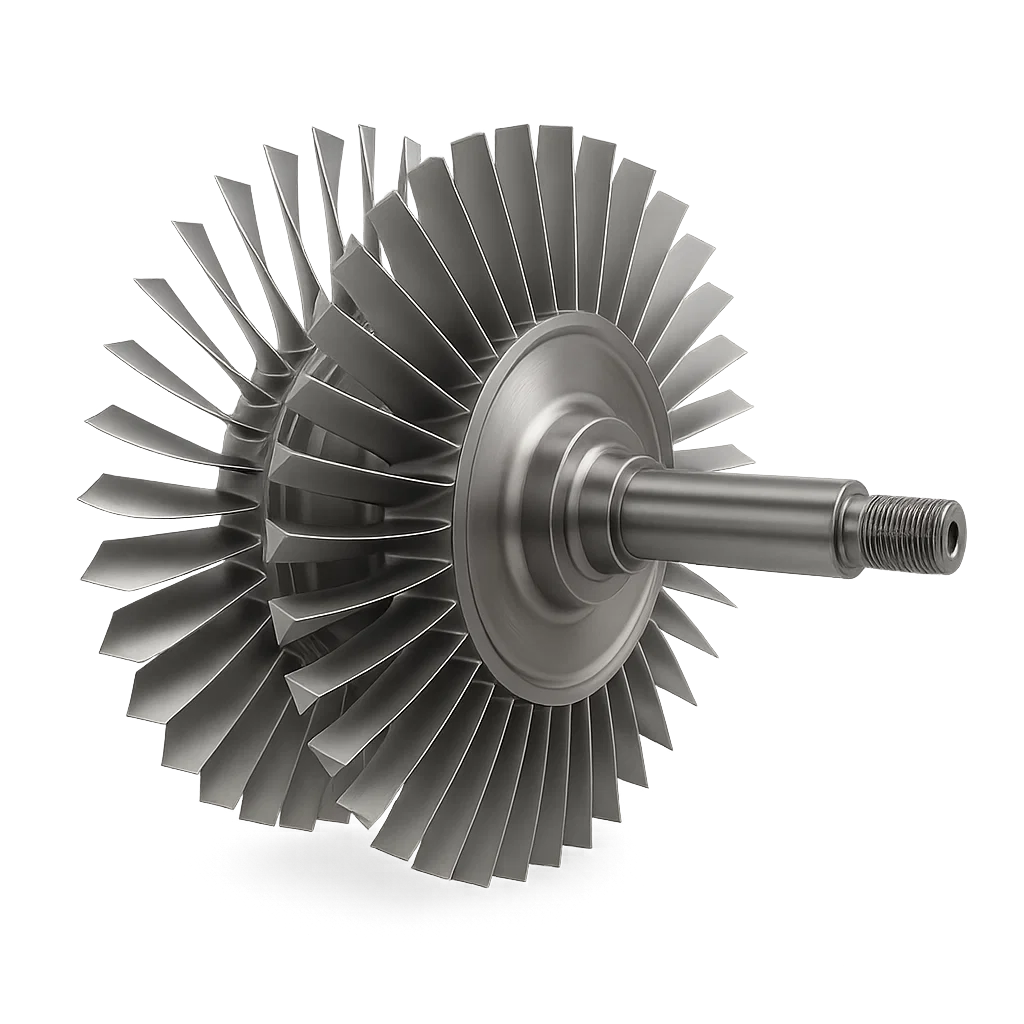
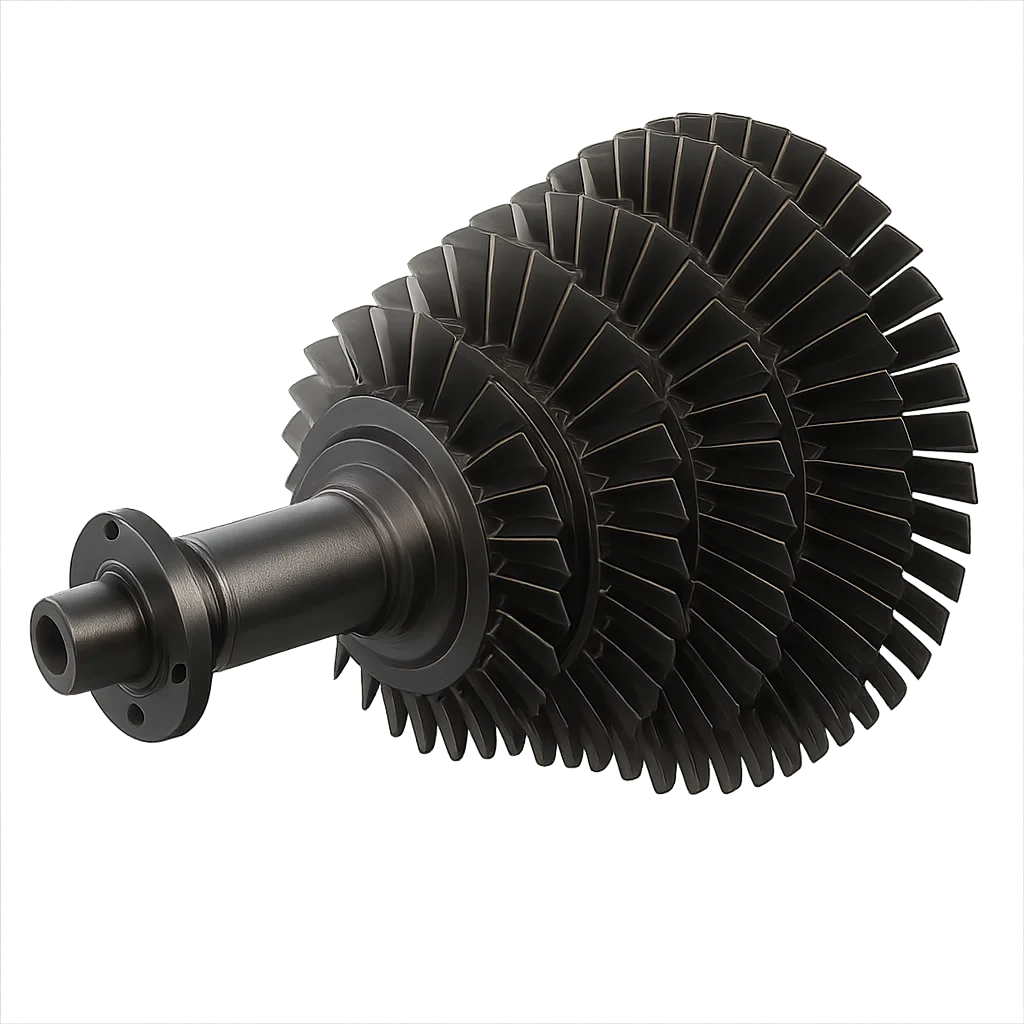

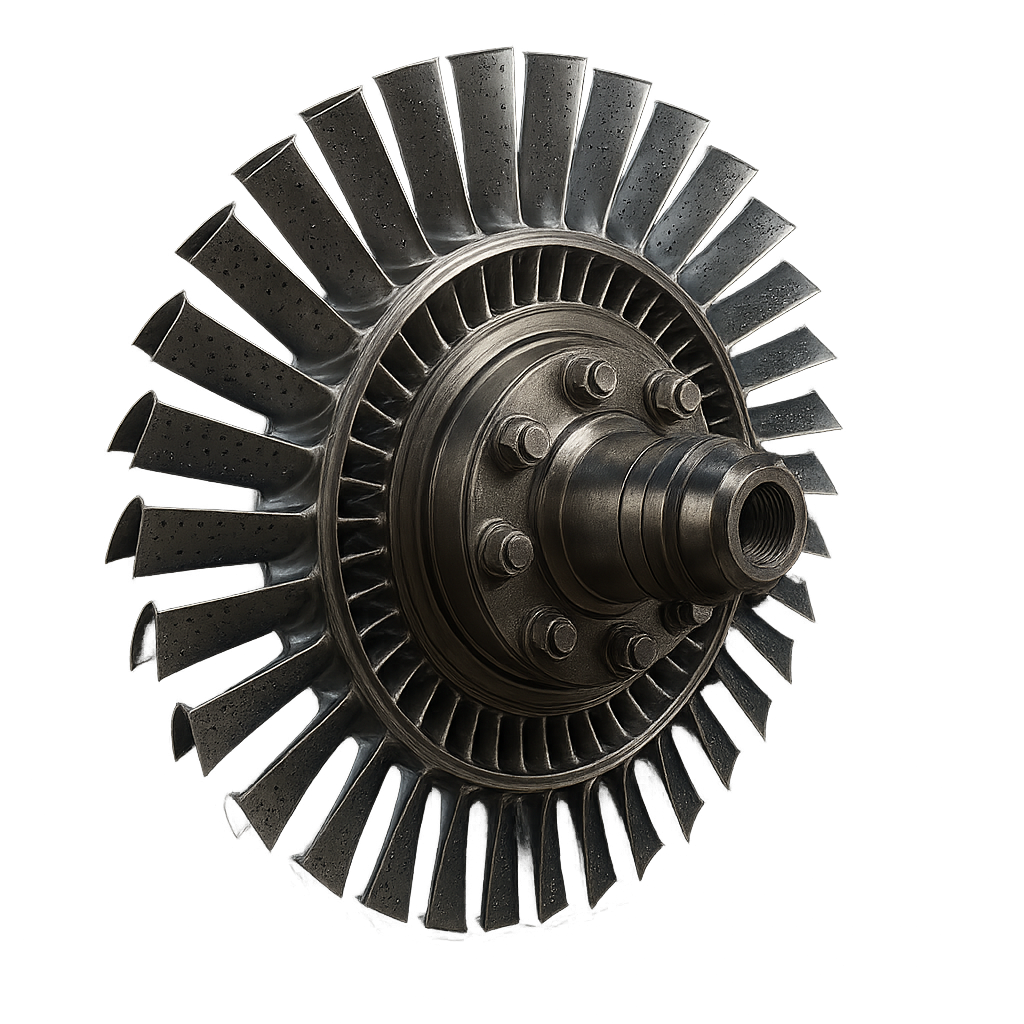
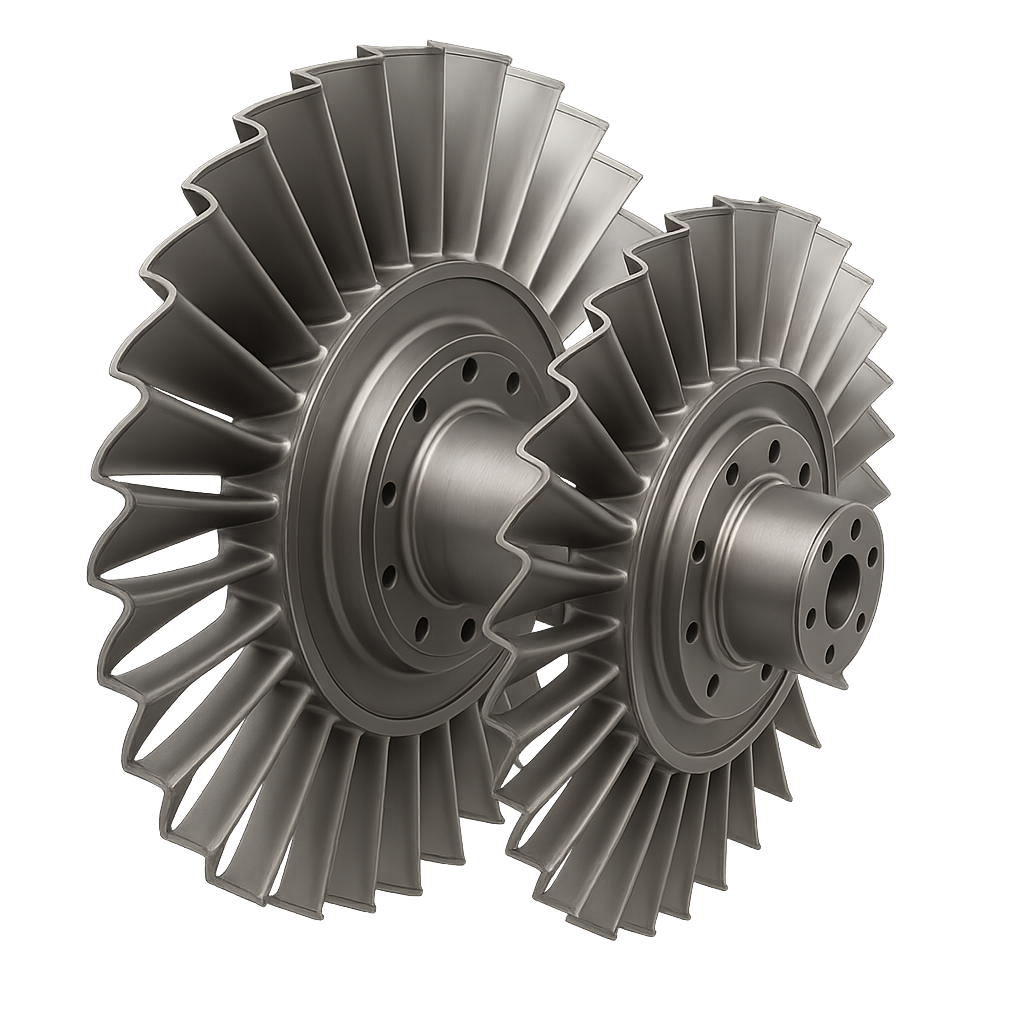

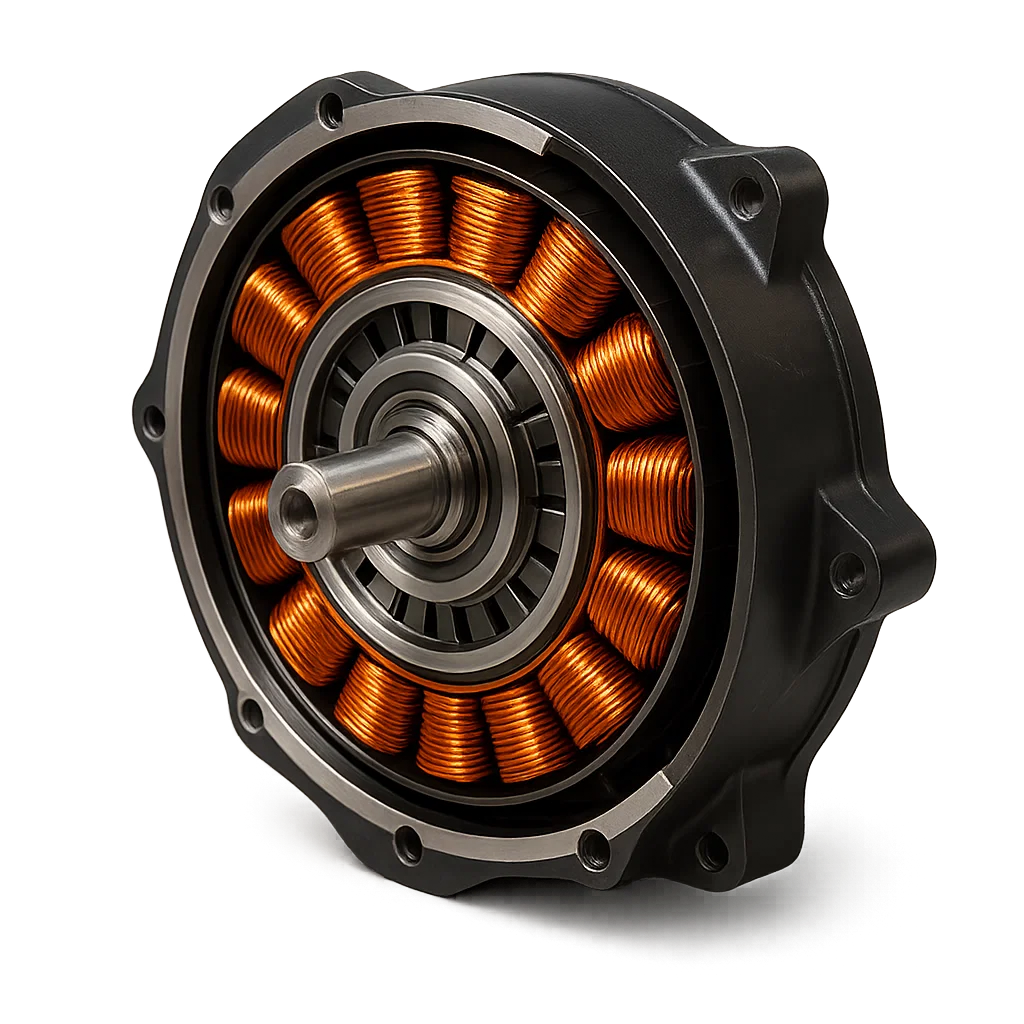
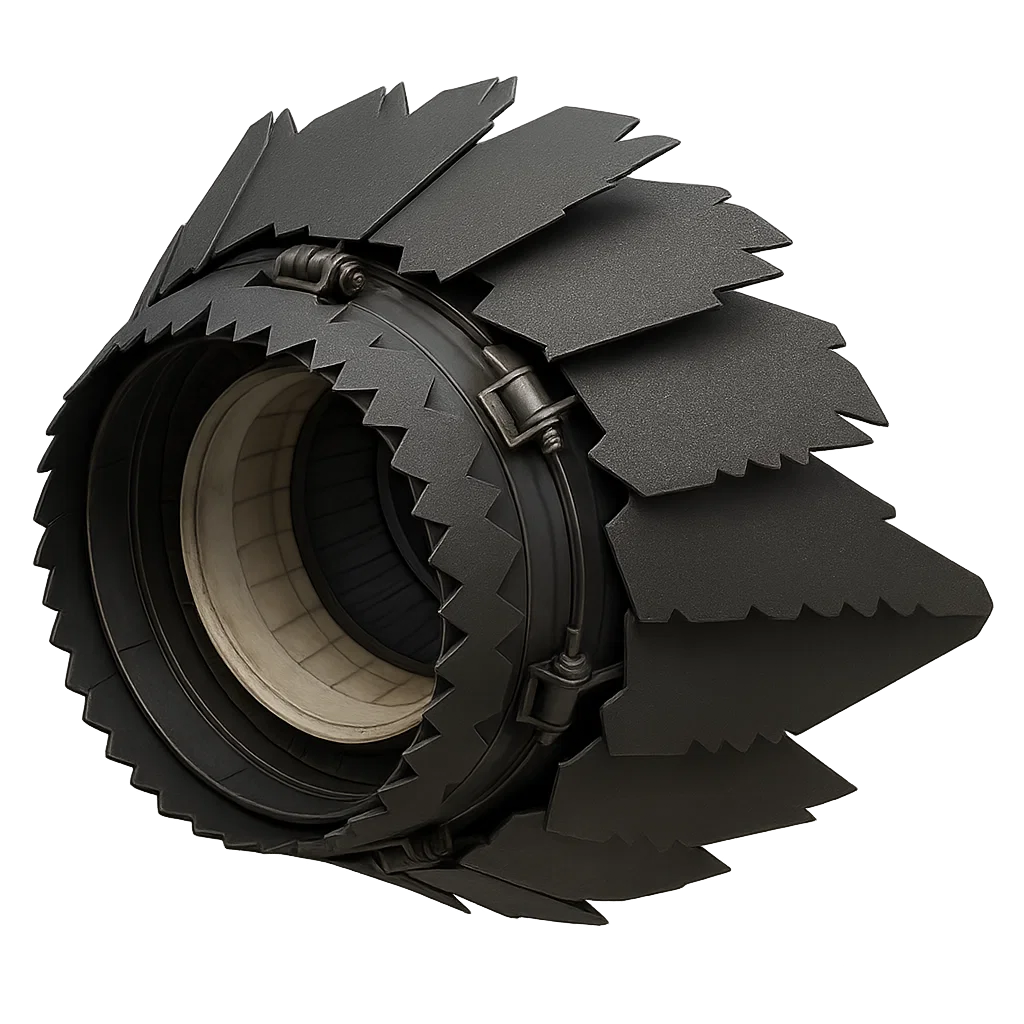
5. Variable-Cycle System (Adaptive)
The core innovation of the XF-1200 lies in its ability to actively alter its bypass ratio during operation. This is achieved through a series of variable inlet guide vanes and a controlled third stream airflow, allowing the engine to reconfigure in real-time according to flight phase requirements. Switching is accomplished via high-speed magnetic actuators, governed by a predictive control algorithm with optional AI assistance.
| Operating Mode | Bypass Ratio | Tactical/Operational Advantage |
|---|---|---|
| Sprint / Combat | 0.7:1 | Maximum speed and thrust for interception or escape maneuvers. |
| Cruise / Loiter | 2.5–3.5:1 | Maximum fuel efficiency, extending range and endurance. |
| Stealth / Infiltration | 1.8:1 | Optimal balance for reducing thermal, acoustic, and IR signatures. |
6. Performance Analysis
Operational Envelope:
The XF-1200 is designed to operate efficiently across a wide range of flight conditions, from sea level to 65,000 feet altitude, and from subsonic cruise to supersonic combat speeds exceeding Mach 2.5.
Fuel Efficiency:
In cruise mode, the engine achieves specific fuel consumption rates 15% lower than current generation engines, while maintaining superior thrust-to-weight ratios across all operating conditions.
Environmental Impact:
Advanced combustion technology and optimized cycle parameters result in NOx emissions 40% below current regulatory limits, with CO2 emissions reduced through improved thermal efficiency.
7. Development Roadmap (TRL)
| Phase | Target Date | Expected Outcome |
|---|---|---|
| Conceptual Design | ✅ June 2025 | Complete technical dossier |
| 3D CAD Design | July - September 2025 | CFD + FEA simulations |
| Virtual Test Bench | October 2025 | Integrated simulation testing |
| TRL 5 Prototype | December 2025 | Operational fan + hybrid shaft |
| TRL 6-7 | 2026 | Full combustion testing |
| TRL 8-9 | 2027 | EASA/FAA certification |